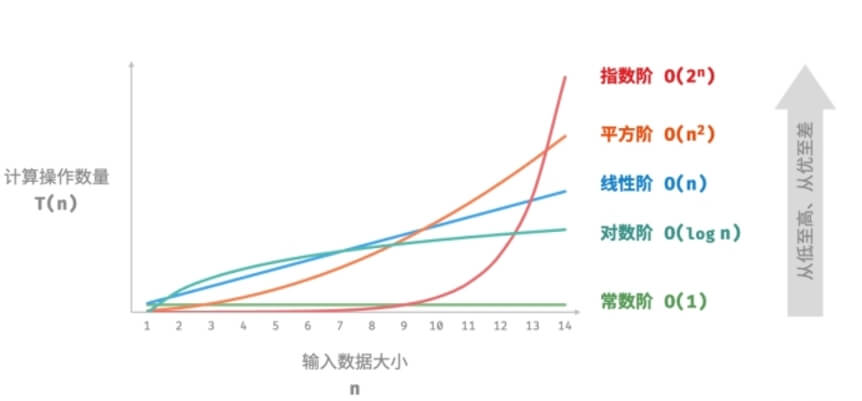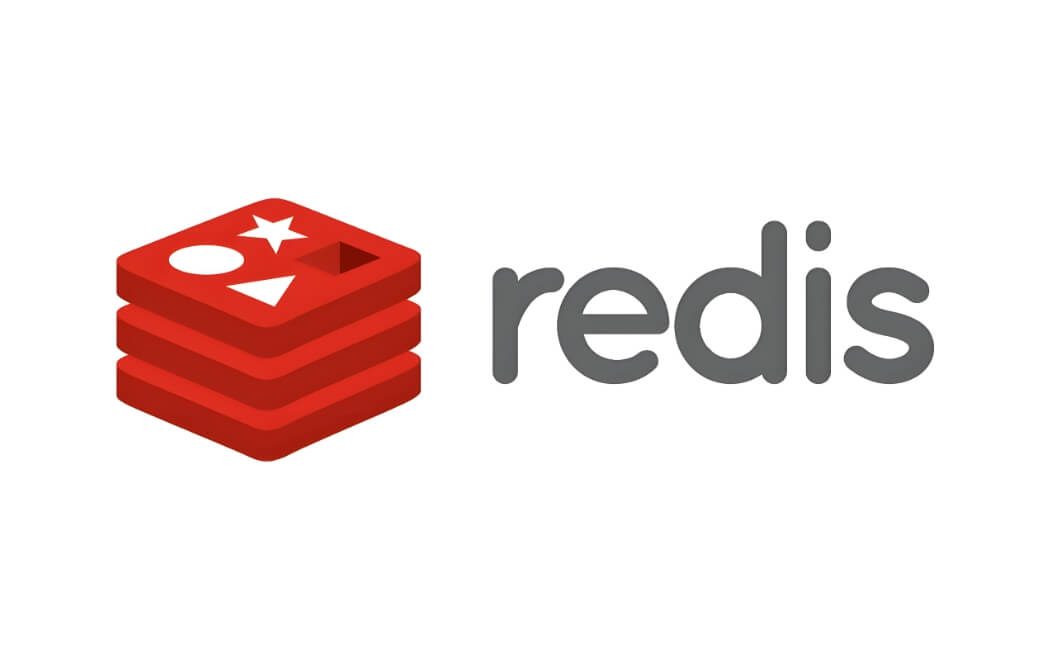This article details the two main ways to manage memory in .NET: automatic garbage collection and explicit management of unmanaged resources, along with example code.
In the .NET framework, memory management is a crucial and complex process. Fortunately, .NET simplifies this complexity significantly through its Garbage Collection (GC) mechanism. However, developers still need to manage memory explicitly in certain cases, especially when dealing with unmanaged resources. This article will elaborate on the two primary methods of memory management in .NET: automatic garbage collection and explicit management of unmanaged resources.

1. Automatic Garbage Collection
The garbage collector (GC) in .NET is responsible for automatically managing memory allocation and release on the managed heap. When a developer creates an object, the .NET runtime allocates memory for it on the managed heap. Once an object is no longer referenced by any part of the application, the garbage collector identifies it and reclaims the memory it occupies during subsequent garbage collection cycles.
Characteristics:
Automatic Operation: The garbage collector runs automatically without requiring explicit calls from the developer.
Triggered by Low Memory: The garbage collection process is triggered when available memory on the managed heap is insufficient.
No Immediate Release Guarantee: The garbage collector performs collection periodically based on memory pressure, without guaranteeing immediate memory release.
Example Code:
using System;
class Program
{
static void Main()
{
// Create an object
MyClass obj = new MyClass();
// Assume there are some operations...
// When obj is no longer referenced, it becomes a candidate for garbage collection
// Explicitly calling garbage collection (usually not recommended in production)
// GC.Collect();
// GC.WaitForPendingFinalizers();
// GC.Collect();
// Note: The above GC calls are for demonstration purposes. In actual development, manual triggering of garbage collection should be avoided.
Console.WriteLine("Program has ended");
}
}
class MyClass
{
// Class implementation...
}In the example above, the MyClass object obj will no longer be referenced at the end of the Main method, making it a target for garbage collection. However, manually triggering garbage collection is typically not advised in production environments, as it may impact the program's performance.
2. Explicit Management of Unmanaged Resources
Although the garbage collector can automatically manage memory on the managed heap, it cannot directly manage unmanaged resources such as file handles, database connections, and network connections. These resources must be created, used, and released explicitly.
In .NET, unmanaged resources can be managed by implementing the IDisposable interface. The IDisposable interface requires the implementation of a Dispose method, which is used to release unmanaged resources. Additionally, you can use the using statement to automatically call the Dispose method, making it easier to manage unmanaged resources.
Characteristics:
Explicit Release: Developers must explicitly call the
Disposemethod to release unmanaged resources.Using Statement: The
usingstatement provides a more concise way to ensure that unmanaged resources are correctly released after use.
Example Code:
using System;
using System.IO;
class Program
{
static void Main()
{
// Use the using statement to automatically release the resources of StreamReader
using (StreamReader reader = new StreamReader("example.txt"))
{
string line;
while ((line = reader.ReadLine()) != null)
{
Console.WriteLine(line);
}
// Upon exiting the using block, the Dispose method is automatically called
}
// If the using statement is not used, Dispose must be called manually
// However, this is not recommended in actual coding practices as it is easy to forget
// Example: Not recommended practice
// StreamReader reader = new StreamReader("example.txt");
// try
// {
// // ...
// }
// finally
// {
// if (reader != null)
// {
// reader.Dispose();
// }
// }
}
}In the example above, the StreamReader object is automatically managed through the using statement. When the using block ends, the Dispose method is called, ensuring that the file handle is released properly, regardless of whether an exception occurs.
Conclusion
In .NET, memory management is primarily achieved through automatic garbage collection and explicit management of unmanaged resources. Automatic garbage collection simplifies memory management complexity and reduces issues like memory leaks and dangling pointers. However, developers still need to manage unmanaged resources explicitly in certain scenarios. By implementing the IDisposable interface and using the using statement, developers can efficiently manage these resources and ensure they are correctly released after use.






